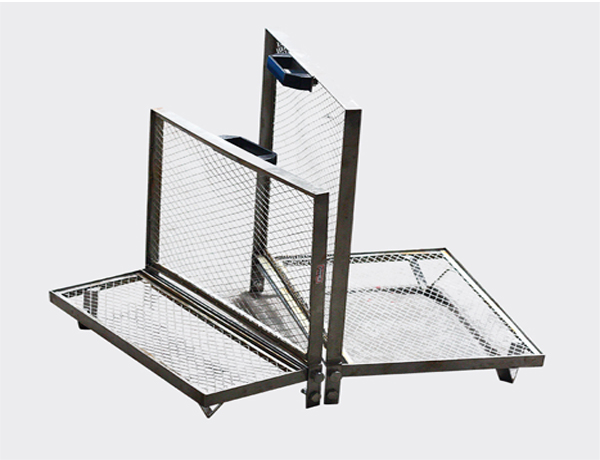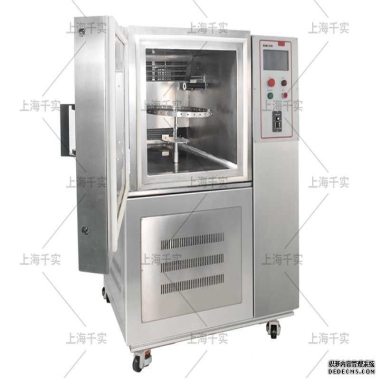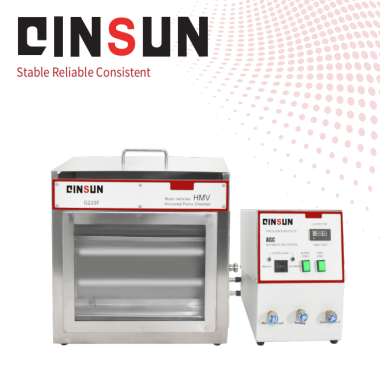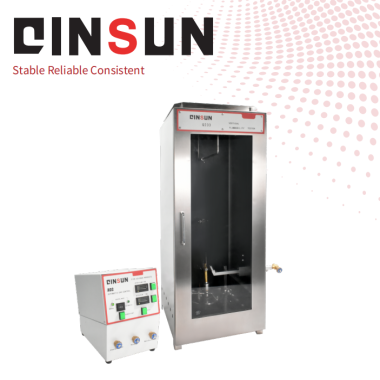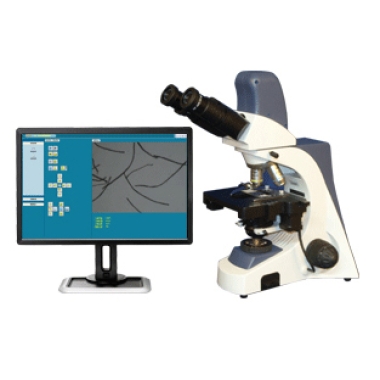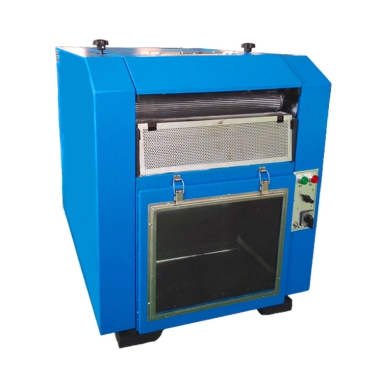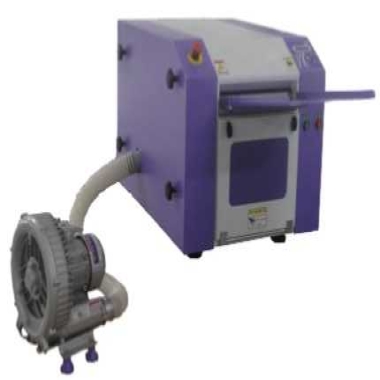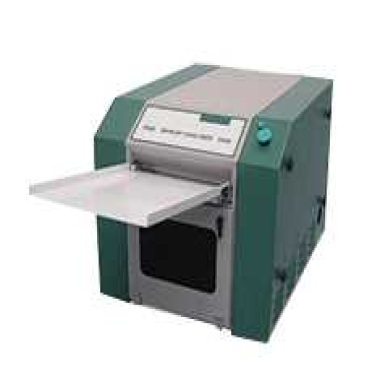Automobile seat dynamic comfort tester
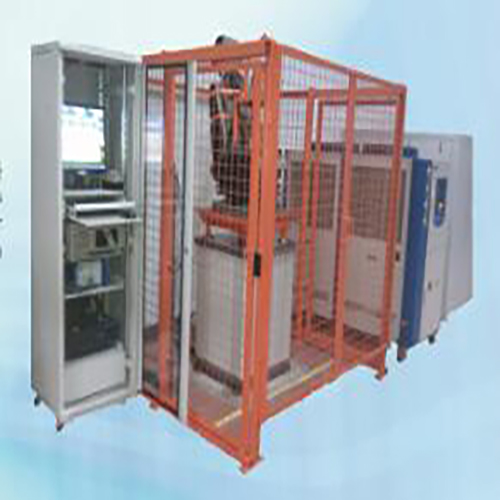
Compliance Standards
- ISO 2631-1 (Mechanical vibration and shock)
- SAE J3065 (Seat Vibration Test Procedure)
- VW PV 3926 (Seat Comfort Evaluation)
- GMN10248 (GM Seat Comfort Spec)
- JASO B407 (Japanese Comfort Standard)
Technical Parameters
| Parameter | Specification |
|---|---|
| Frequency Range | 0.5-100Hz (±0.1Hz) |
| Acceleration Range | ±2g (±5% FS) |
| Displacement | ±100mm (±0.1mm) |
| Test Axes | 6-DOF (X,Y,Z,Rx,Ry,Rz) |
| Load Capacity | 500kg (1100lbs) |
| Temperature Range | -40°C to +85°C |
| Data Channels | 64 synchronous inputs |
Key Features
- Multi-axis hydraulic shaker system
- Biodynamic human model simulation
- Real-time pressure mapping (256 sensors)
- Active noise cancellation analysis
- Thermal comfort assessment
Test Capabilities
| Test Type | Standard | Measurement |
|---|---|---|
| Random Vibration | ISO 2631-1 | WBV (Whole Body Vibration) |
| Shock Absorption | SAE J3065 | SEAT Value Calculation |
| Microclimate | VW PV 3926 | Temperature/Humidity Mapping |
Measurement System
- Triaxial accelerometers (0.001g resolution)
- High-resolution pressure mats (5mm grid)
- Infrared thermal imaging (0.1°C accuracy)
- Acoustic sensors (20-20,000Hz)
Standard Configuration
- 6-DOF vibration platform
- Anthropomorphic test dummy (50th %ile)
- Environmental control system
- ComfortSoft Pro analysis suite
Premium Options
- Multi-posture manikin system
- Road profile database (1000+ surfaces)
- AI-based comfort prediction
- VR occupant experience simulation
Safety Systems
- Emergency motion stop
- Overload protection
- Seismic restraints
- Double isolation mounts
Main parameters:
Vertical displacement: usually expressed as the maximum moving distance of the tester in the vertical direction, generally about 200mm. This parameter determines the seat vibration amplitude that the tester can simulate.
Vertical frequency: The vibration frequency range of the tester in the vertical direction, usually 0.5——20Hz. This parameter reflects the range of seat vibration frequencies that the tester is able to simulate and is critical for evaluating the seat's comfort at different frequencies.
Displacement amplifier: The tester is usually equipped with a displacement amplifier to adjust the vibration amplitude. The common displacement amplifier gear is 100%, 50%, 20%, etc., and the accuracy is ±1%FS of the full range (from 20% of the full range)。
Acceleration range: The maximum acceleration value that the tester can measure, generally about 5g (5 times the acceleration of gravity)。 This parameter determines the ability of the tester to simulate high acceleration vibration.
Acceleration sensitivity: The degree to which the tester is sensitive to changes in acceleration, usually less than 5%. This parameter affects the accuracy and reliability of the measurement results of the tester.
Vibration table speed: The maximum moving speed of the tester vibration table, generally about 1.3m/s. This parameter determines the response speed of the tester when simulating seat vibration.
Maximum load: The maximum weight that the tester can carry, usually about 150kg. This parameter determines the type and size range of seats that the tester can test.

Leave Message Get Price



